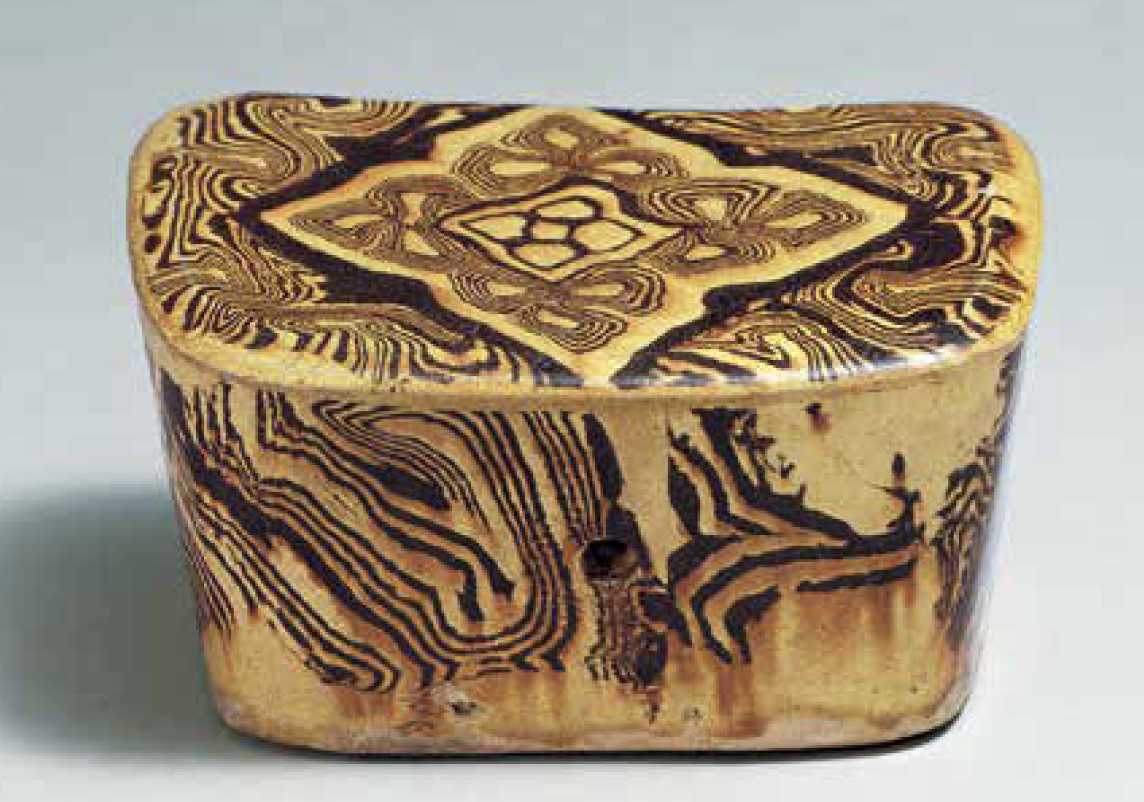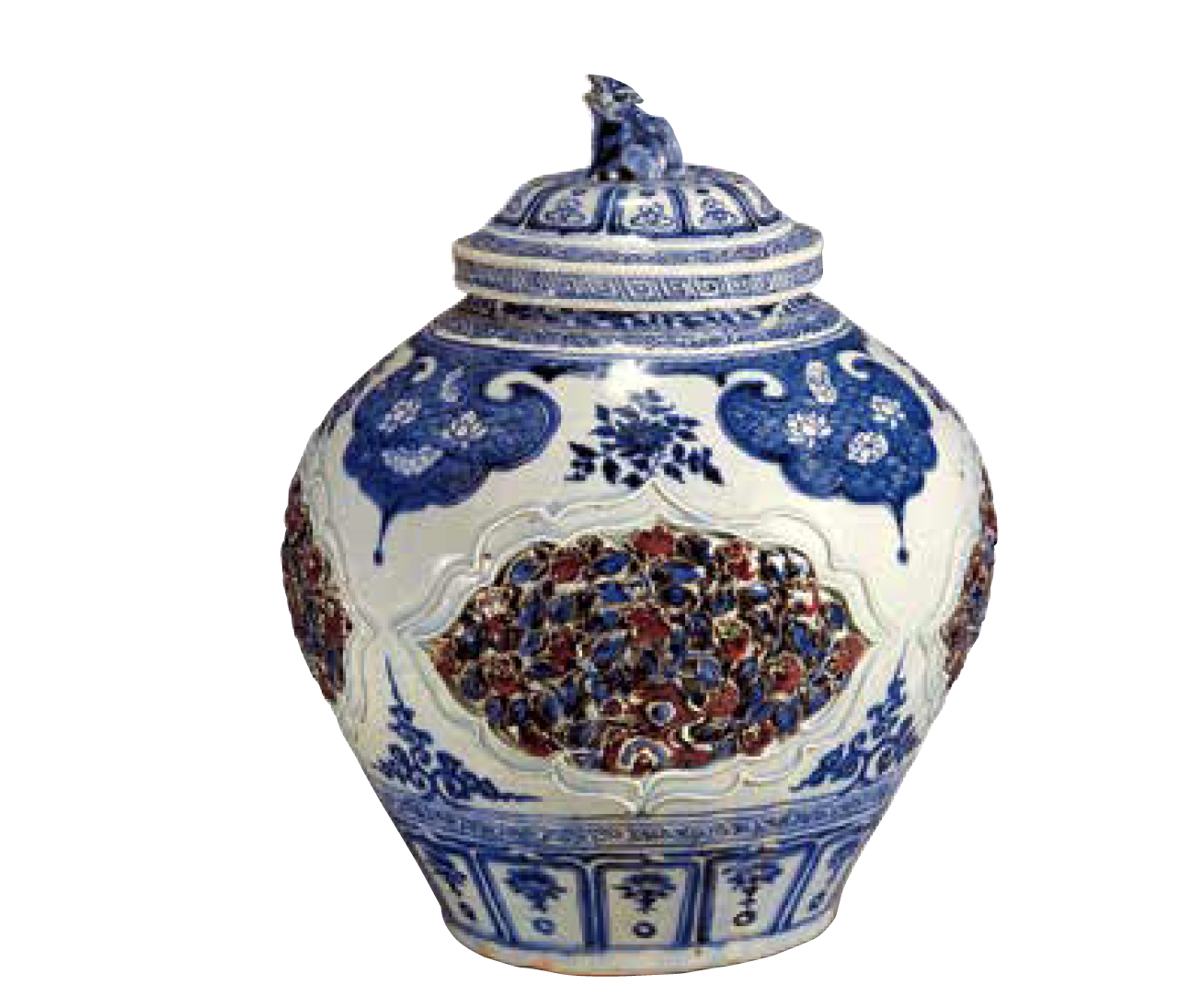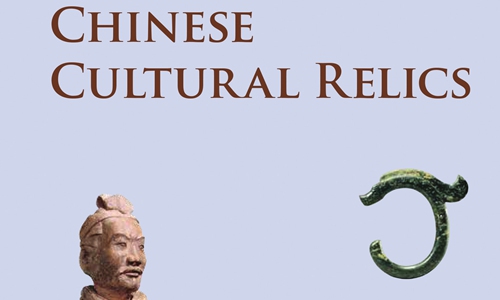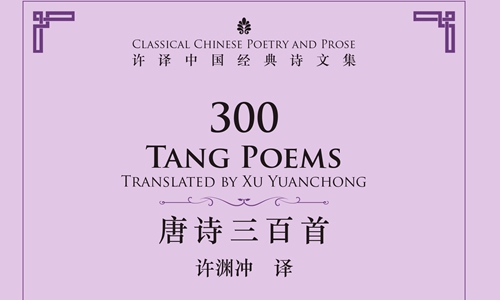ARTS / CULTURE & LEISURE
Book Express
Blue and White Porcelain of the Yuan Dynasty

The Chinese porcelain before the Song Dynasty (960-1279) basically maintained its development trend featured by its monotonous color of blue or white, but this trend was changed in the Yuan Dynasty (1279-1368) when a new type of porcelain was produced, that is, the globally renowned blue and white porcelain.
Blue and white porcelain refers to a special type of porcelain: The painting was applied to the raw, dried porcelain bodies with cobalt-blue pigment, then the crystal glaze was applied, after they were dried, they were fired only once at a temperature as high as 1,350 C, and the patterns and lines under the glaze became blue.
The raw materials for blue and white porcelain, that is, natural minerals with elements of cobalt, were mainly from the Yunnan, Zhejiang and Jiangxi provinces, and some were also imported from foreign countries.

In the Yuan Dynasty, the achievements of color painting under the glaze from the Tang Dynasty (618-907) were borrowed and inherited to make the blue and white porcelain technology more mature.
For a long time, carving, the techniques of drawing and printing flower patterns on the surface decorations of various porcelains in China far exceeded the application of painting technique. After the firing and production of blue and white porcelain, the carving, drawing and printing techniques began to give way to the application of the painting technique.
The success in the firing of such porcelain was regarded as a milestone in the history of Chinese porcelain from monotonous color to the multi-colored porcelain, and an epoch-making progress in the porcelain-making history in China.

The Chinese porcelain before the Song Dynasty (960-1279) basically maintained its development trend featured by its monotonous color of blue or white, but this trend was changed in the Yuan Dynasty (1279-1368) when a new type of porcelain was produced, that is, the globally renowned blue and white porcelain.
Blue and white porcelain refers to a special type of porcelain: The painting was applied to the raw, dried porcelain bodies with cobalt-blue pigment, then the crystal glaze was applied, after they were dried, they were fired only once at a temperature as high as 1,350 C, and the patterns and lines under the glaze became blue.
The raw materials for blue and white porcelain, that is, natural minerals with elements of cobalt, were mainly from the Yunnan, Zhejiang and Jiangxi provinces, and some were also imported from foreign countries.

In the Yuan Dynasty, the achievements of color painting under the glaze from the Tang Dynasty (618-907) were borrowed and inherited to make the blue and white porcelain technology more mature.
For a long time, carving, the techniques of drawing and printing flower patterns on the surface decorations of various porcelains in China far exceeded the application of painting technique. After the firing and production of blue and white porcelain, the carving, drawing and printing techniques began to give way to the application of the painting technique.
The success in the firing of such porcelain was regarded as a milestone in the history of Chinese porcelain from monotonous color to the multi-colored porcelain, and an epoch-making progress in the porcelain-making history in China.


